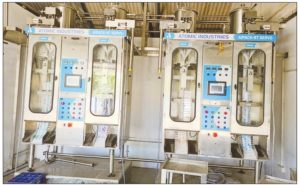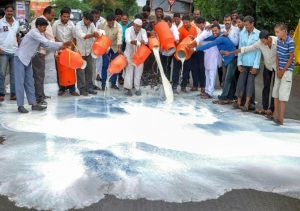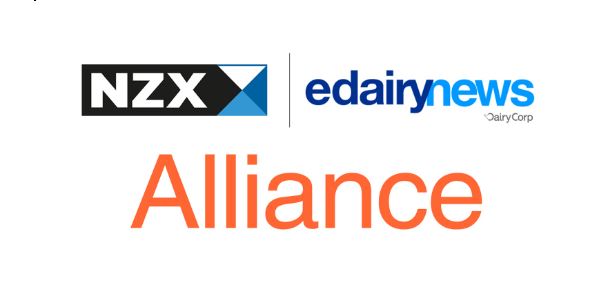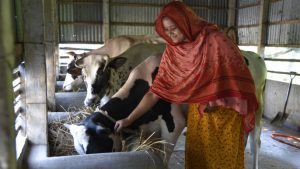Perrin Ag senior consultant Daniel Payton says some farmers may be tempted to keep cows in milk for as long as possible. However, this could have a detrimental effect on cow condition.
“Cow condition is king: don’t be tempted to milk as many cows for as long as possible just to reap the rewards from the payout if there is no marginal economic benefit and cow condition at dry off is compromised,” Payton says.
“Failure to reach cow body condition score targets at dry off will result in greater dry cow feed requirements trying to regain condition pre-calving.
“The impact of calving cows in sub-optimal condition may also mean reduced milk production and reproductive performance next season”.
Last week, Fonterra lifted its 2021-22 forecast farm gate milk price range to $8.90 – $9.50/kgMS, increasing the midpoint of the range, which farmers are paid off, by 50 cents to $9.20/kgMS. The previous record milk price of $8.40/kgMS was set in 2013-14 season.
Fonterra chief executive Miles Hurrell says there is consistent demand for dairy at a time of constrained global milk supply.
“In general, demand globally remains strong – although, we are seeing this vary across our geographic spread,” says Hurrell.
Overall, global milk supply growth is forecast to track below average levels, with European milk production growth down on last year and US milk growth slowing due to high feed costs.
New Zealand milk supply is also constrained due to varied weather and challenging growing conditions.
Earlier this month, Fonterra reduced its forecast milk collections for 2021-22 from 1,525 million kgMS to 1,500 million kgMS.
A drier summer is affecting pasture growth in parts of the country.
According to Payton, as temperatures soar across the country, pasture is scarce and many farmers are priority feeding their milking herd by culling cows.
“Many dairy farmers are also reviewing their feed plans to help reduce the impact of heat stress on their herds and milk production,” says Payton.
“This payout news means using supplementary feeds will become more cost effective as farmers take steps to survive the dry.”
Payton also expects input costs to rise again, as suppliers make the most of a buoyant dairy market.
“Everybody will be wanting a bite of the cherry,” he says.
Payton is encouraging farmers to keep unnecessary spending in check.
“In order to reap the benefits of a high payout, it is more important than ever to remain disciplined.
“Resist the temptation to buy the ‘wants’ and instead ensure the business remains focused on the ‘needs’.”
Earnings Guidance
A record milk price is putting pressure on margins in Fonterra consumer and foodservice businesses.
However, chief executive Miles Hurrell says prices in its ingredient business are favourable for milk price and earnings at this stage.
As a result, the co-operative is retaining its 2021/22 earnings guidance of 25-35c/share.
Hurrell says there are a number of factors the co-op is keeping a close eye on. These include growing inflationary pressures impacting on operational costs, the increased potential for volatility as a result of high dairy prices and economic disruptions from Covid-19, particularly as governments respond to the rapid spread of the Omicron variant.













